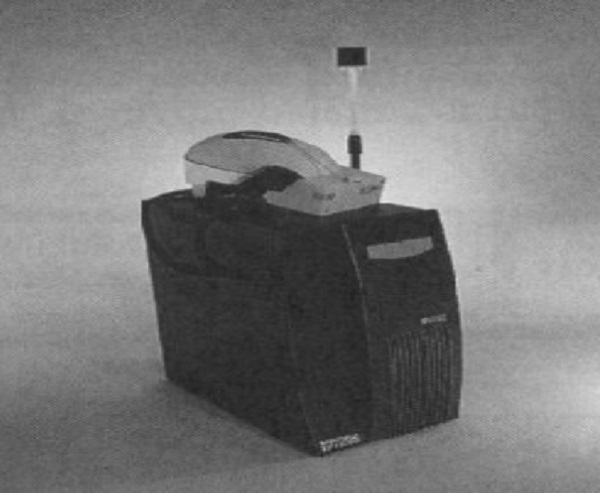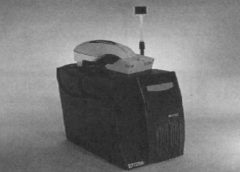
Headset: PROvision 100 VR Turnkey System
Manufacturer: Division Ltd, UK
Platform: Custom Intel i860, INMOS Transputer
Graphics: 35,000 Gouraud-Shaded, Z-Buffered Polygons
Cost: $50,000 (£36,886)
Launch Date: May 1992
Estimated Value: $7,000+
Other Features: VPL DataGlove, Stereo HMD, Stereo Audio, C-language Toolkit (dVS)
The next step in VR integration was to shrink each of these components and put them on a board in a single desk-side cabinet. In early. 1991 a company in the United
Kingdom, Division Ltd., introduced the first integrated commercial VR workstation.

It was called Vision and was followed by the more powerful Provision 100 [Grimsdale, 1992]. The Provision 100 parallel architecture had The Provision 100 VR workstation. Courtesy of Division Ltd. It had multiple processors, stereo display on an HMD, 3D sound, hand tracking, and gesture recognition. The architecture also had an input/output (I/O) card and was scalable, allowing additional I/O processors to be added. Its i860 dedicated geometry processor with a custom polygon accelerator provided 35,000 Gouraud-shaded and Z-buffered polygons per second. This was a clear improvement over the speed of the HP 9000 computer used in NASA’s VIEW system, but it came at a high price.
Although turnkey hardware systems appeared in early 1990s, the VR software development and debugging time continued to be a problem. In 1992, the small U.S. company Sense8 Co. developed the first version of its WorldToolKit (WTK) [Sense8 Co., 1992], a library of C functions written specifically for VR applications. With this toolkit developing VR software became more like a science, and debugging time was reduced significantly.
